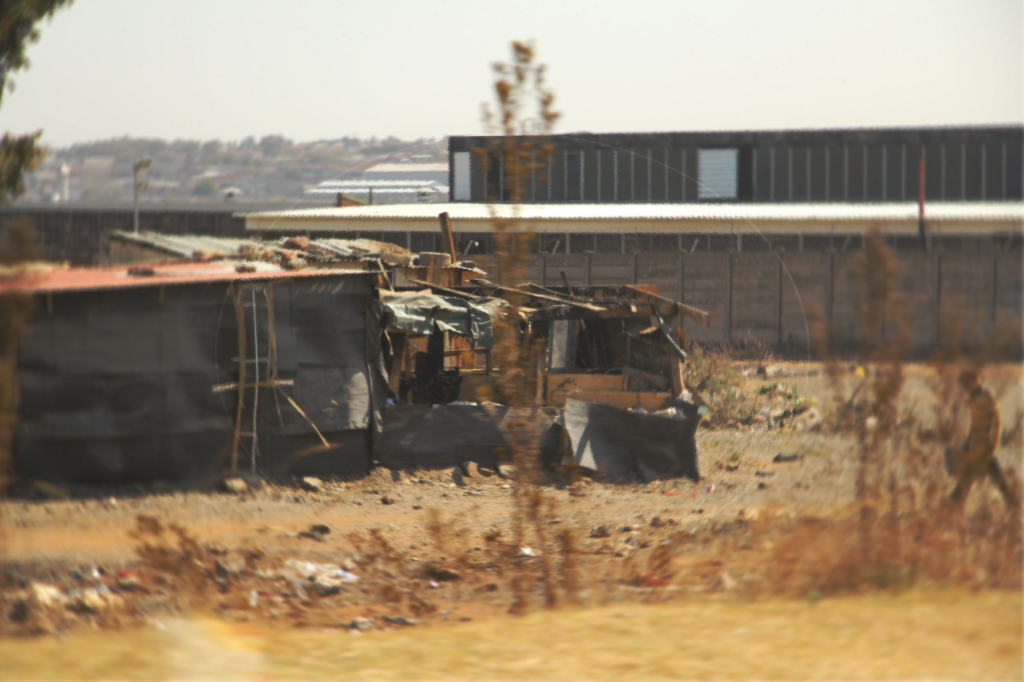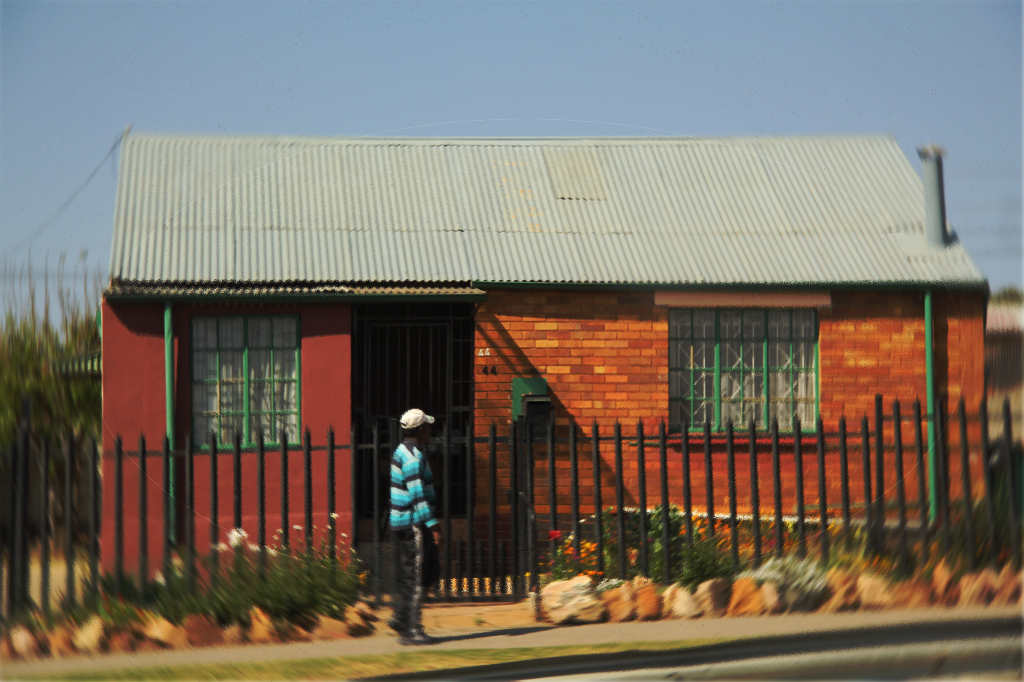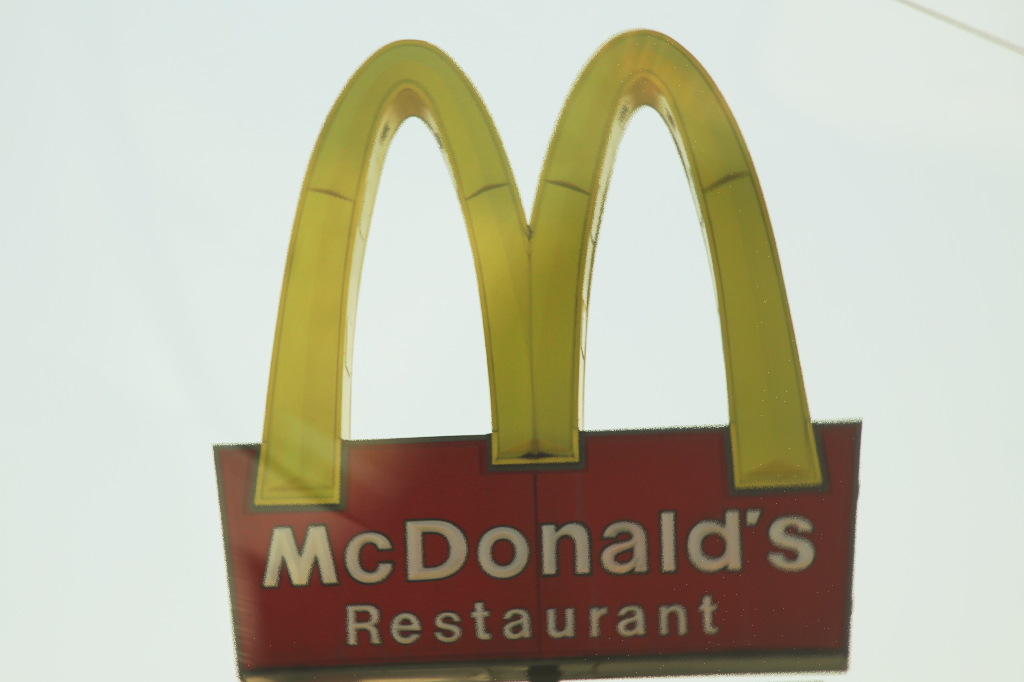I’ve been spending quite a bit of time in Soweto this last week.
My first exposure to Soweto was last Friday when my housemates, a local Jesuit regent, and I went to a music festival last Friday. This last Thursday, I was taken to certain parts of Soweto to meet with refugees who have been trying to make a living there.
Among other things, Soweto is primarily known for the Soweto Uprising, which occurred in 1978 during Apartheid. Apartheid was a government-sanctioned segregation practice that divided many townships between whites only, blacks only, and so forth. Apartheid in South Africa effectively declared white supremacy across the nation, with many black townships facing oppression and forced eviction. The atrocities of Apartheid is depicted in a fictionalized manner in the movie District 9.
In 1974, legislation was passed to make Afrikaans the primary language of education in Soweto. Because of the association between Afrikaans and Apartheid, protests erupted in Soweto in 1974, which prompted 1,500 armed police to open fire on the protestors, killing 200 people. This uprising gained a lot of media buzz and drew attention to the atrocities of Apartheid around the world, which some believe was the beginning of the end of Apartheid.
My own experience in Soweto was short, but I was struck by the extreme duality of the area. During my visits, I noticed that there would be extremely wealthy venues, houses, and neighborhoods within extreme proximity to the polar opposite. Normally, wealthy areas are in behind gates, far away from the “poor” area of town. In Soweto however, the two existed alongside each other.
During most of my drive through Soweto, I saw large mansions equipped with security defenses on one street, but saw dilapidated and burned down houses just around the corner.
The music festival I went to was in a large, clean, and extremely secure venue, located in an area with no street lights and trash on every street corner; a street I didn’t feel all too safe walking down by myself.
In some ways, it reminded me of my time in East St. Louis. You could walk down a street and see the richness of history on each building, albeit faded and slowly withering away under the weight of time. In other ways, Soweto felt like a sprawling city, with activity and liveliness everywhere. I don’t think I’ve been to a place with so much dichotomy on every block, where one can be walking down a barely habitable and abandoned street, then turn the corner and see:




